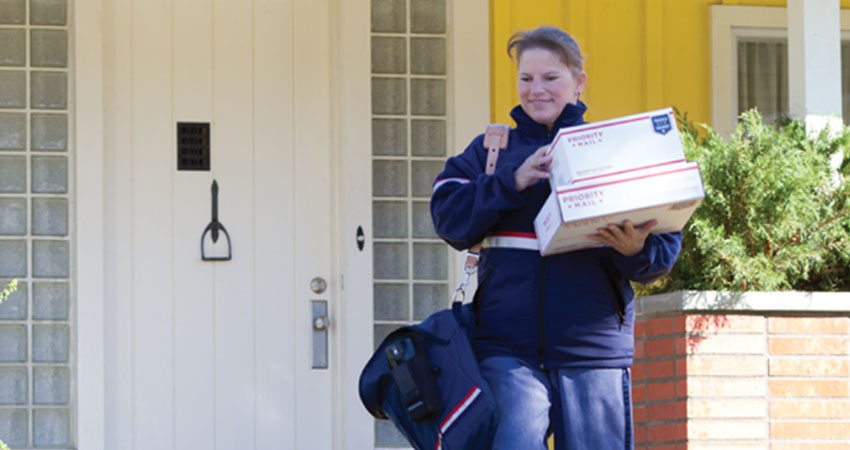Adding a cubic pricing option for those using the U.S. Postal Service’s Parcel Select Ground product will be a boon for USPS shippers with small, dense and heavy packages but not so much for others, experts said ahead of the July 10 live date for the change.
[Correction: we earlier reported a minimum volume requirement to qualify for cubic pricing with Parcel Select Ground; it was in error, and there is in fact no minimum volume threshold from the USPS.]
Starting in April, the USPS began charging a $1.50 fee for any packages larger than one cubic foot or greater than 22 inches along any dimension, applying to all Priority Mail Express, Priority Mail and Parcel Select Ground deliveries. And as of July 10, First Class mail rates will increase 6.5%.
Last week, Postmaster General Louis DeJoy warned of “uncomfortable” price increases in future, saying pricing had been out of whack for some time. “I believe we have been severely damaged by at least 10 years of a defective pricing model, which cannot be satisfied by one or two annual price increases, especially in this inflationary environment,” DeJoy said in remarks to the USPS Board of Governors.
Joe Wilkinson, VP of consulting for enVista, said the benefit of cubic pricing on Parcel Select Ground will vary widely from shipper to shipper.
“Assuming Parcel Select cubic rates follow the same pattern as Priority Mail, the issue will be the structure of the rate tables themselves,” Wilkinson said. “For shippers with very dense packages, there will likely be a slight cost advantage. For those with less dense packages, it would actually represent a cost increase. And of course, there are both weight and package cube thresholds, meaning that outliers on both sides of the density spectrum won’t even qualify for cubic-based pricing.”
Winners will be shippers of small, dense packages with low transit time requirements, such as hardware, printed matter and small appliances, Wilkinson said.
“It would be a perfect fit for auto parts, except that there are typically high transit expectations, which isn’t a great fit for this particular service,” he said. “However, even if the benefit is limited, it’s good to see the USPS increasing options for shippers and giving at least some relief in a very tight parcel market.”
Perry Lavergne, managing partner of Crossroads Parcel Consulting, said Parcel Select makes the most sense economically for larger shippers.
“The greatest savings are realized when parcels are injected into the USPS network, and it takes larger volume to make that work,” Lavergne said. He called the expansion of cubic pricing to Parcel Select a “huge advantage” for shippers with heavier items, adding they do have to provide their own packaging.

